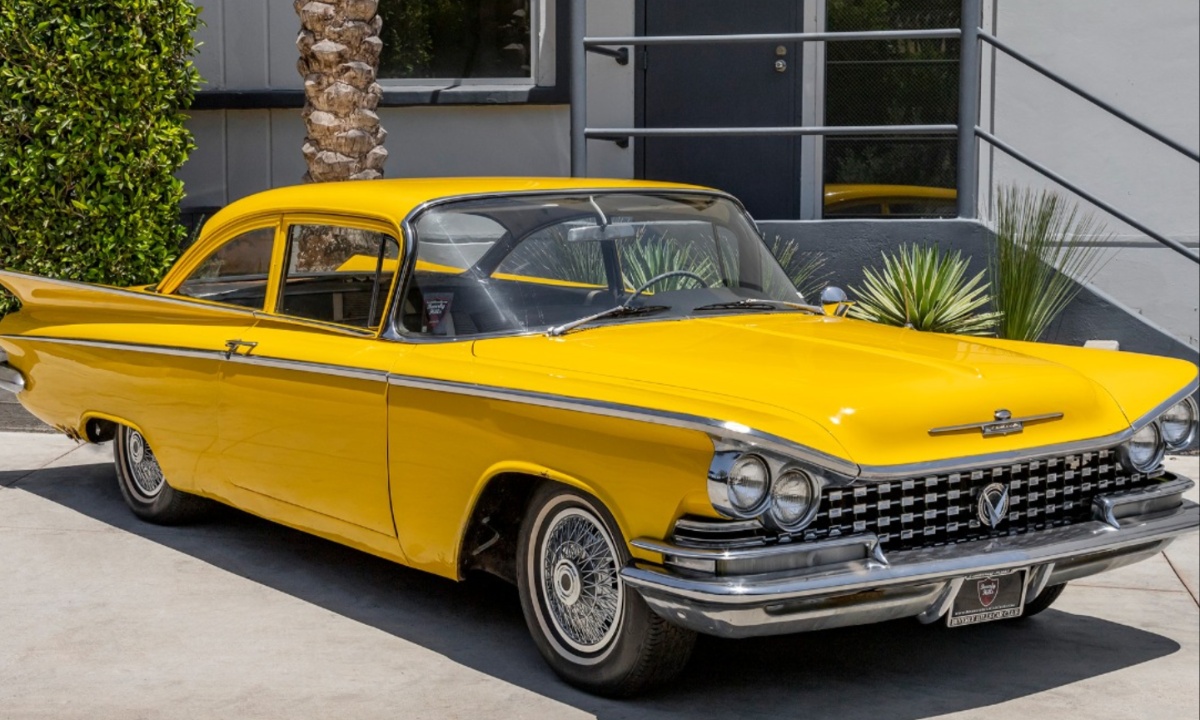When it comes to buying a car, most people think about horsepower, styling, safety features, or even how good it looks in their driveway. What often gets overlooked is one of the most crucial financial aspects of vehicle ownership: depreciation. It’s no secret that cars lose value the moment they roll off the lot, but the rate at which they depreciate can vary wildly depending on the brand.
Some cars are like gold, holding onto their value with impressive resilience, year after year. Others? Well, they sink like a stone, hemorrhaging value faster than you can say “trade-in.” Understanding which car brands retain their worth and which fall apart financially is key to making a smart automotive investment.
Depreciation isn’t just about money left on the table—it affects your long-term financial health. A car that holds value well not only saves you thousands in the long run, but also gives you more leverage when it’s time to trade up, sell privately, or negotiate at a dealership.
On the flip side, a car that plummets in value can cost you dearly, even if it was “cheap” to begin with. It might leave you upside-down on your loan, stuck with low trade-in offers, or regretting your purchase altogether. It’s not just about prestige or initial price—what matters is how the value holds over time.
Several factors influence a vehicle’s depreciation curve: brand reputation, reliability, cost of ownership, availability of parts, design appeal, and even how well the brand connects emotionally with its target buyers. For instance, a car that’s fun to drive but expensive to fix may depreciate faster than a reliable, low-maintenance commuter.
Meanwhile, brands that keep their lineup fresh without alienating past customers often find the sweet spot between modern appeal and long-term demand. Then there’s perception—how buyers feel about a brand matters more than most realize. Even a well-built car can suffer on the resale market if the public sees it as dated, uncool, or problematic.
This article breaks down ten popular car brands into two distinct camps: five that hold their value like gold, and five that lose value like wet paper. The first group—Toyota, Honda, Subaru, Lexus, and Porsche—represents brands with loyal followings, outstanding reputations, and a consistent ability to deliver reliable, in-demand vehicles.
These cars tend to have excellent resale value because they check all the boxes: low maintenance costs, strong consumer confidence, and enduring appeal. People want to buy them used almost as much as they want to buy them new, which means owners are rewarded for their smart investment.
On the flip side, we’ll examine five brands—Fiat, Mitsubishi, Chrysler, Jaguar, and Buick—that struggle to maintain their value past the initial purchase. These brands often suffer from some combination of poor reliability, uninspired design, weak resale demand, and overall consumer indifference.
Even if they offer compelling new car incentives or discounts, they can turn into resale disasters within just a few years. In a world where most car buyers are stretching their budgets and financing for longer periods, buying into one of these brands without understanding the depreciation risk can be a costly mistake.
Whether you’re buying new, shopping used, or just curious about how your current vehicle holds up in the resale market, this breakdown will provide insights to help you make smarter decisions. By understanding the market dynamics behind these ten brands, you’ll gain clarity on which cars truly offer long-term value—and which ones are best avoided unless you’re getting them at a steep discount. So buckle up: it’s time to separate the golden investments from the paper-thin pitfalls.
Also Read: Top 12 Cars That Run Like New Even After 15 Years With Minimal Maintenance
5 Brands That Hold Value Like Gold
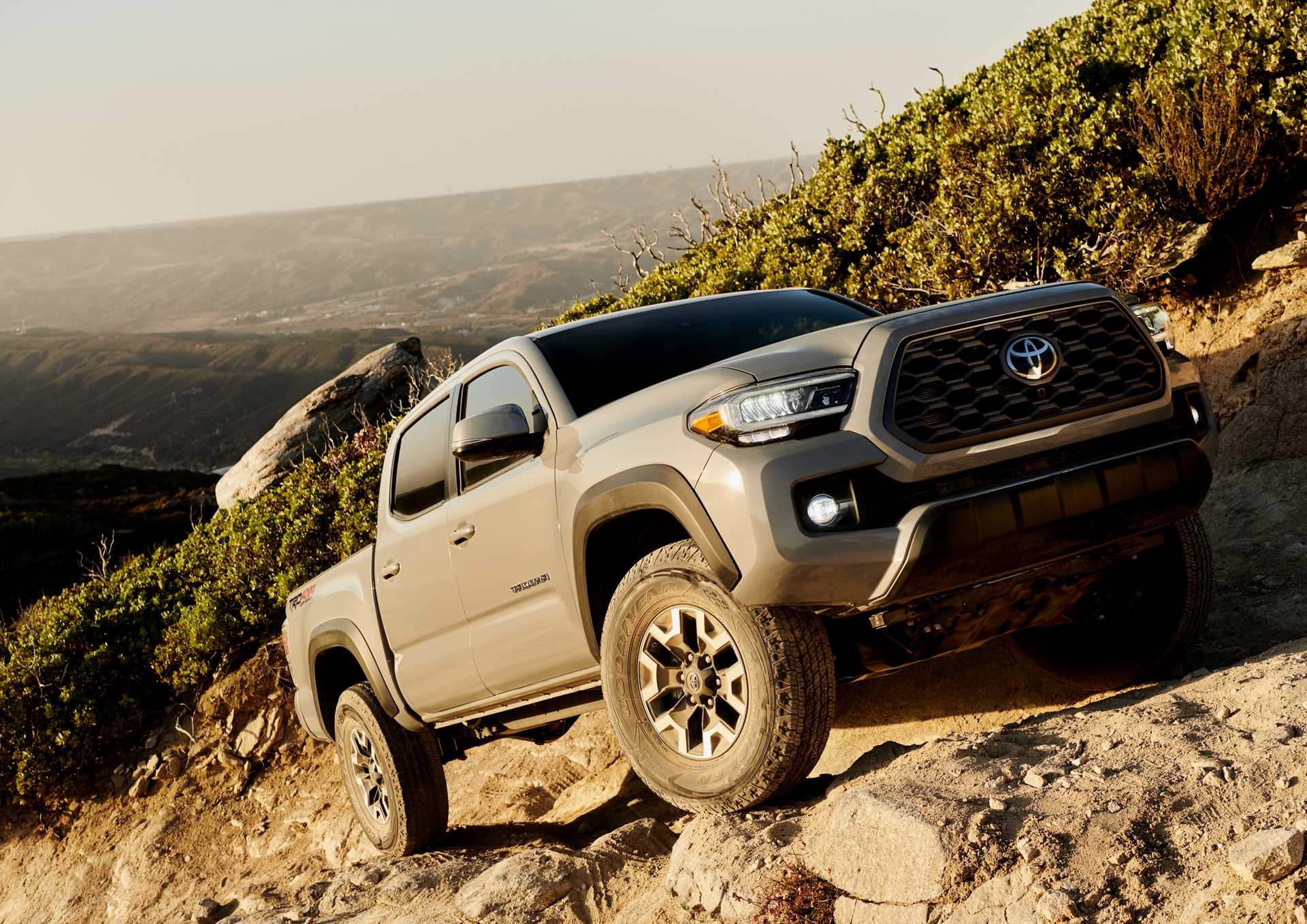
Toyota
Toyota stands as a paragon of automotive durability, and this reputation plays a massive role in its vehicles’ exceptional resale value. Few car manufacturers can boast the kind of long-term dependability Toyota delivers consistently across its entire lineup. Whether it’s the reliable Corolla, the efficient Prius, or the adventure-ready 4Runner, Toyota vehicles are engineered to last hundreds of thousands of miles.
This durability becomes a magnet in the used car market, where longevity often trumps luxury. Buyers flock to pre-owned Toyotas because they trust the brand’s promise of quality, knowing that even an older model is unlikely to surprise them with sudden repair costs or mechanical failures.
Another contributing factor is Toyota’s meticulous production standards. The company invests heavily in quality control, streamlining assembly processes and maintaining strict oversight in every manufacturing facility. This attention to detail results in fewer factory defects and recalls, further enhancing Toyota’s reputation for consistency.
As consumers become increasingly savvy about what affects a car’s value long-term, the consistent quality associated with Toyota acts like a safety net for resale. Owners who care for their Toyotas with routine maintenance often find that the vehicles retain a surprising percentage of their original value even after a decade or more of use.
Beyond mechanical reliability, Toyota’s massive brand equity reinforces its high resale value. Toyota is a household name across continents, which means trust in the brand is nearly universal. From families looking for a safe, fuel-efficient daily driver to off-road enthusiasts seeking a dependable SUV, Toyota appeals to a wide demographic.
This universal appeal creates a robust and consistent demand in the secondhand market, which allows sellers to command higher prices than they might with less well-known or less trusted brands. In economics, when supply is steady but demand is unrelenting, prices hold firm—and that’s exactly what happens with Toyota vehicles.
The brand’s commitment to evolutionary design also plays a subtle but important role. Toyota doesn’t frequently overhaul its vehicles’ aesthetics or features in a way that makes older models obsolete overnight. Instead, they slowly integrate technological upgrades and minor cosmetic changes, preserving a sense of continuity across model years.
This approach allows older models to remain visually and functionally relevant longer, which in turn makes them more attractive to used car buyers. When buyers don’t feel like they’re sacrificing too much by choosing a pre-owned version, resale values naturally hold stronger.
Finally, Toyota’s sustainability initiatives and hybrid leadership—especially with vehicles like the Prius and now the RAV4 Hybrid—position the brand as future-ready. In an era where environmental responsibility is influencing consumer choices more than ever, Toyota’s early and continued investment in fuel efficiency and hybrid technology makes its vehicles even more desirable.
Unlike many automakers that are playing catch-up, Toyota’s hybrids have been road-tested for decades, building not only reliability credibility but also a sustainable edge. All of this compounds to make Toyota one of the most financially sound vehicle choices on the market today.
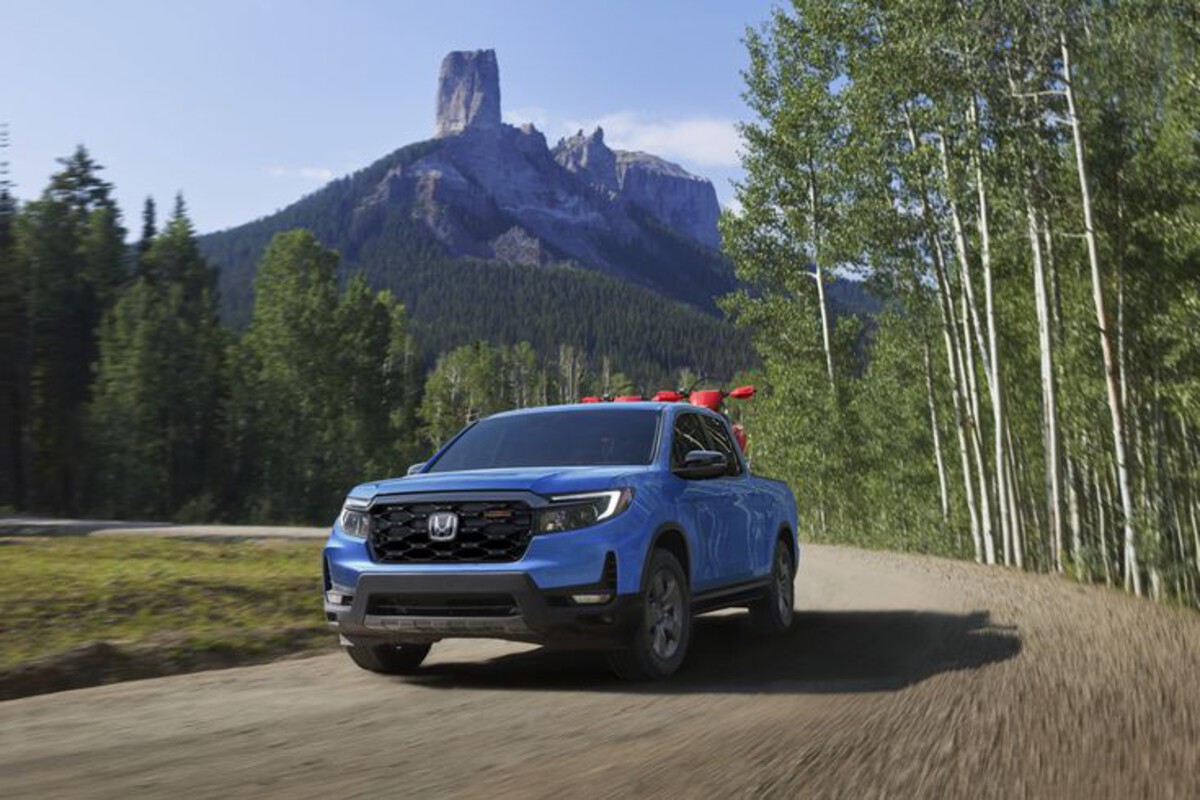
Honda
Honda has consistently earned its place among the top brands for resale value, thanks to a near-perfect balance of reliability, practicality, and strong consumer trust. The Civic, Accord, and CR-V in particular have become staples in both new and used car markets. These models are frequently recommended by auto reviewers and consumer organizations alike, often praised for their well-rounded performance, excellent safety records, and cost-effectiveness.
For buyers looking to purchase a used car, Honda checks nearly every box, which ensures a steady demand and resilient resale prices. It’s not uncommon to see used Hondas retain a significant percentage of their original value even after five or six years.
One of Honda’s greatest strengths lies in its engineering philosophy. The company prioritizes smart, efficient design, producing vehicles that are easy to maintain, fuel-efficient, and capable of extremely high mileage with proper care. Honda engines—particularly the legendary VTEC variants—are known to run well past 200,000 miles without major issues.
This level of durability naturally creates consumer confidence in the secondhand market. Buyers understand that a used Honda isn’t a gamble; it’s more like a calculated investment. That sense of predictability plays directly into value retention, allowing Hondas to avoid the steep depreciation curve that less reliable brands suffer from.
The brand’s reputation for low maintenance costs also supports its value over time. Hondas are not just reliable—they’re inexpensive to repair and service. Parts are widely available and reasonably priced, and thanks to Honda’s consistent engineering across platforms, most mechanics are familiar with how to work on them.
This eliminates a major point of anxiety for used car buyers. Knowing they won’t be hit with high repair costs down the line makes them more willing to pay a premium for a used Honda. It’s a practical choice that continues to pay off long after the initial purchase.
Design continuity is another factor in Honda’s favor. Like Toyota, Honda tends to avoid drastic aesthetic shifts between generations. This preserves a sense of visual consistency that keeps older models looking modern. Additionally, Honda interiors are often simple, ergonomic, and less prone to premature wear or tech obsolescence. Because of this, even older models don’t feel dated.
The CR-V, for example, has evolved gradually over the years, but even ten-year-old models still look refined and perform solidly, which bolsters their appeal and value retention. Honda’s ability to stay current without making older models feel irrelevant is a subtle but powerful value booster.
Lastly, Honda has cultivated a fiercely loyal customer base. Many Honda owners become repeat buyers, a cycle that boosts demand for both new and used models. This brand loyalty fuels a healthy used car ecosystem, where desirable Hondas are in high demand and short supply—especially certified pre-owned models with clean maintenance histories.
This seller’s market allows Honda owners to ask for (and often receive) above-average resale prices. In short, Honda doesn’t just build good cars—it builds cars that people want to keep, and when they finally do sell, others are eager to buy. That’s the kind of value proposition few automakers can rival.
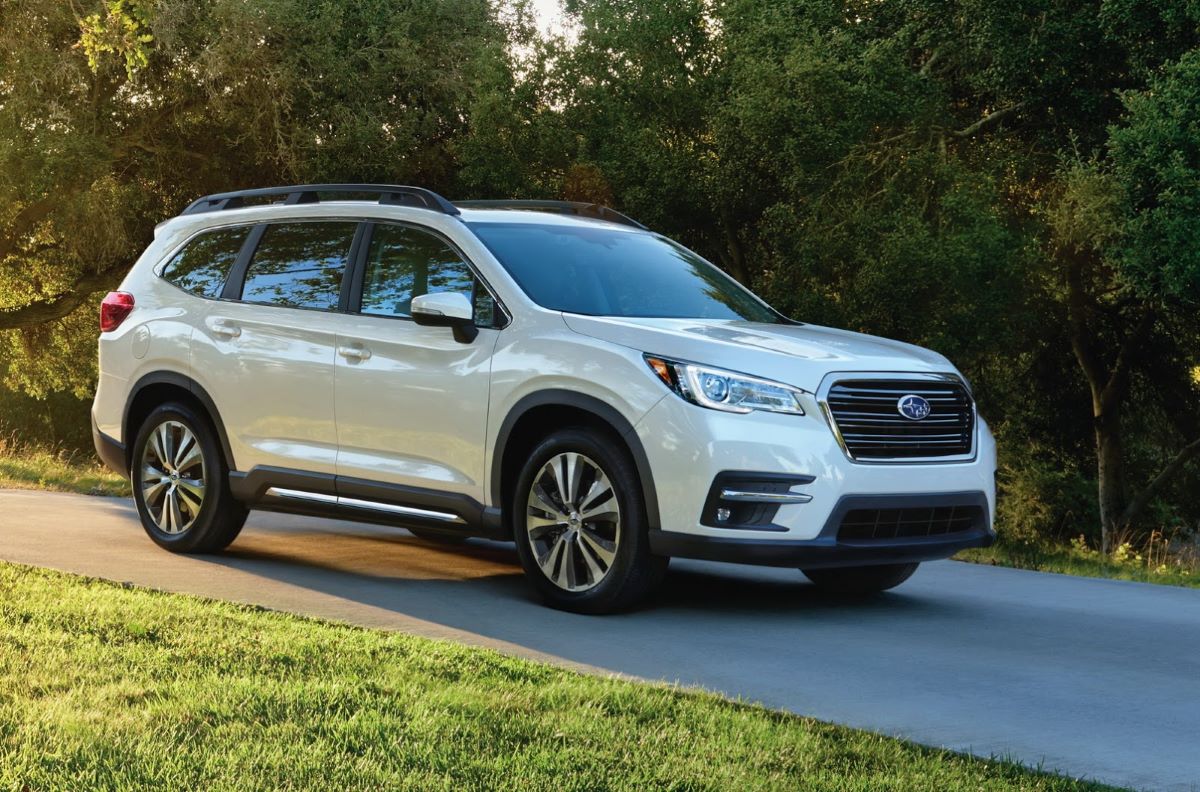
Subaru
Subaru has developed a reputation that balances rugged practicality with everyday functionality, and this has helped its vehicles maintain some of the highest resale values in the industry. Models like the Outback, Forester, and Crosstrek are consistently ranked among the top in their classes for value retention, largely due to Subaru’s unique selling proposition: standard all-wheel drive.
This feature, which comes equipped on nearly every Subaru vehicle, adds a level of utility that makes these cars particularly attractive in areas with inclement weather or rough terrain. When shopping for a used vehicle that offers confidence in all conditions, many buyers automatically think Subaru, giving the brand a resale advantage most competitors can’t match.
Another key factor behind Subaru’s value retention is the brand’s cult-like following. Subaru doesn’t just sell cars—it sells a lifestyle. Outdoor enthusiasts, young families, and eco-conscious drivers often identify strongly with the brand, creating a loyal community that actively seeks out used models.
Subaru’s marketing campaigns have long emphasized values like safety, love, and adventure, helping the brand become emotionally resonant with its buyers. This cultural cachet turns older models into desirable secondhand options, often leading to bidding wars on platforms like Craigslist, Facebook Marketplace, or used car dealerships—especially in regions like the Pacific Northwest, New England, and parts of Canada.
Mechanically, Subarus are known for reliability and longevity, particularly when properly maintained. The brand’s signature boxer engine design and symmetrical all-wheel drive system create a distinct driving feel and balanced handling, while also contributing to the cars’ long-lasting durability. It’s not uncommon to find older Foresters or Outbacks with well over 200,000 miles still operating smoothly.
Although Subarus have had their fair share of issues in certain years—particularly with head gaskets in older models—overall, the brand’s reputation for safety and reliability continues to strengthen. This reassures buyers entering the used market that they are getting a car that can keep going strong.
Subaru also performs exceptionally well in crash tests and safety ratings, which is a massive plus for used car buyers, particularly families. High IIHS and NHTSA scores across most of the brand’s lineup ensure peace of mind for those prioritizing passenger protection.
Subaru’s EyeSight Driver Assist Technology, available in newer models, adds even more appeal by bringing advanced safety features like adaptive cruise control, lane departure warning, and pre-collision braking to a broader audience. These safety credentials enhance not only the utility of a Subaru but also its perceived value, even years after its initial purchase.
Lastly, Subaru’s deliberate strategy of avoiding mass production keeps its inventory—and therefore its resale supply—relatively tight. You won’t find Subarus flooding the used car market in the same way you might with brands that pump out fleet vehicles or heavy dealership discounts.
This scarcity enhances their value further, particularly when combined with the brand’s loyal customer base and solid build quality. All these factors culminate in a resale market that favors Subaru owners heavily, offering excellent returns compared to the industry average. It’s no wonder Subarus are often described as “the cars you buy once and sell for more than you expect.”
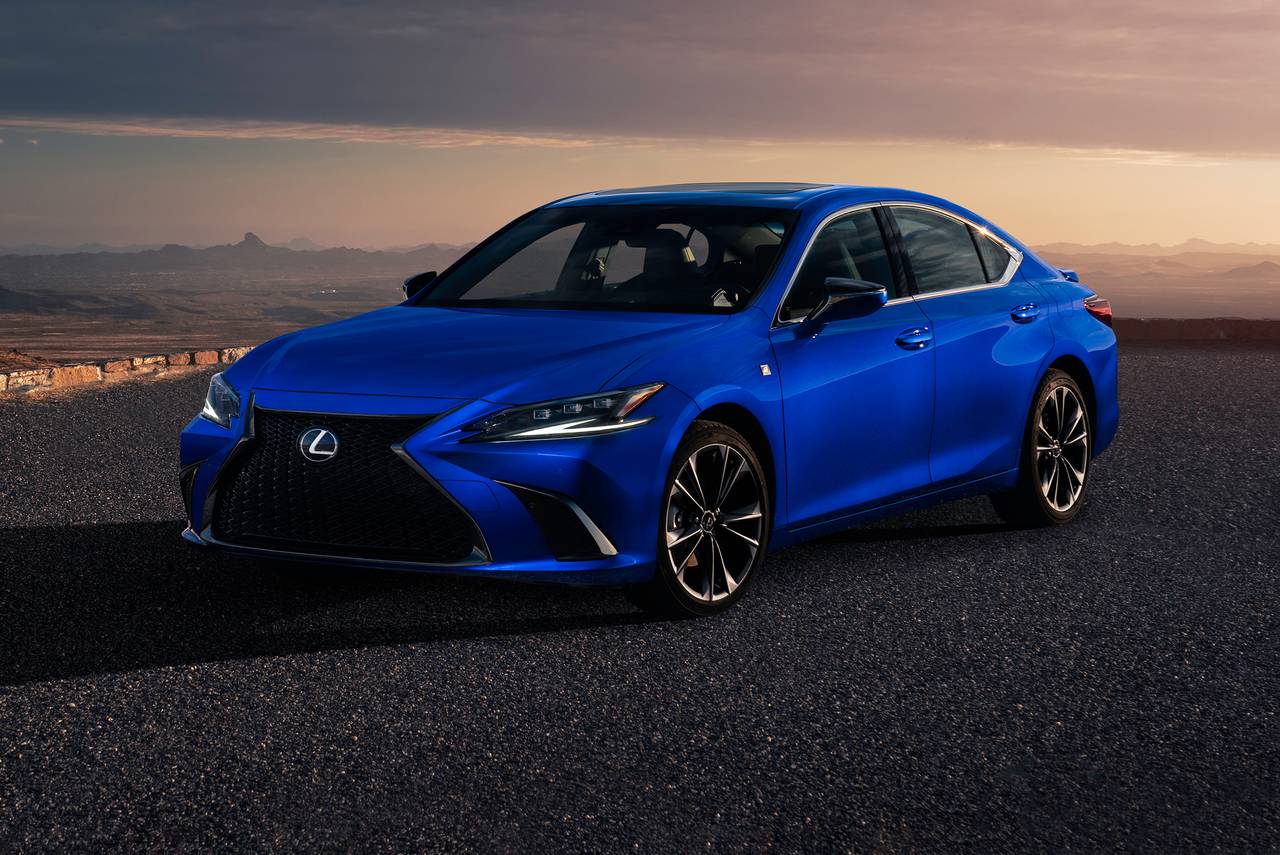
Lexus
Lexus, Toyota’s luxury division, has redefined what it means to own a premium vehicle by offering top-tier refinement and performance without the punishing depreciation often associated with other luxury brands. From the elegant ES sedan to the versatile RX SUV and even the performance-driven IS models, Lexus vehicles are known for maintaining impressive resale values.
While many luxury vehicles can lose nearly half their value within just a few years, Lexus cars tend to decline in value at a much slower and more manageable pace. This makes Lexus one of the most financially sound choices in the premium segment.
One of the core reasons Lexus retains value so well is that it shares Toyota’s hallmark of reliability. Lexus models are built on Toyota engineering principles, which emphasize durability, low maintenance costs, and conservative performance tuning that doesn’t sacrifice longevity.
The brand consistently ranks near the top in long-term dependability studies from institutions like J.D. Power and Consumer Reports. In practice, this means used Lexus vehicles are seen as lower-risk investments, and buyers are often willing to pay more upfront for the assurance that their luxury vehicle won’t be a maintenance nightmare down the road.
Lexus also carefully walks the line between innovation and timelessness in its design. Unlike some European luxury cars that go through radical stylistic shifts every few years, Lexus focuses on refined aesthetics that age gracefully. Its interiors, while luxurious, tend to emphasize user-friendliness and comfort over flashiness or trendiness.
This strategy has paid off in spades: a ten-year-old Lexus can still feel modern and upscale without screaming “last generation.” The brand’s restrained approach to technology also avoids the problem of older tech aging poorly or becoming obsolete, a common issue in many high-end brands.
Another major factor in Lexus’s strong resale value is its reputation for superior customer service and ownership experience. Lexus dealerships frequently top satisfaction surveys, offering perks such as complimentary maintenance, loaner vehicles, and plush customer lounges.
This premium experience builds brand loyalty and creates a sense of long-term trust. Satisfied owners become repeat customers, and their glowing reviews and recommendations bolster the desirability of pre-owned Lexus vehicles. A Lexus isn’t just a car—it’s a promise of quality and consistency, and that promise holds weight even years after the original sale.
Lastly, Lexus models have broad appeal. They’re sought after not just by luxury buyers, but also by smart shoppers looking to buy used and get premium quality without the associated headaches. Because they are often less flashy than their German competitors, Lexus vehicles attract a wider audience, from professionals and retirees to young families moving upmarket.
This universal desirability keeps demand strong in the secondhand market, ensuring that prices stay high and value continues to hold. Lexus proves that luxury and longevity don’t have to be mutually exclusive—and for resale value, that’s a rare and powerful combination.
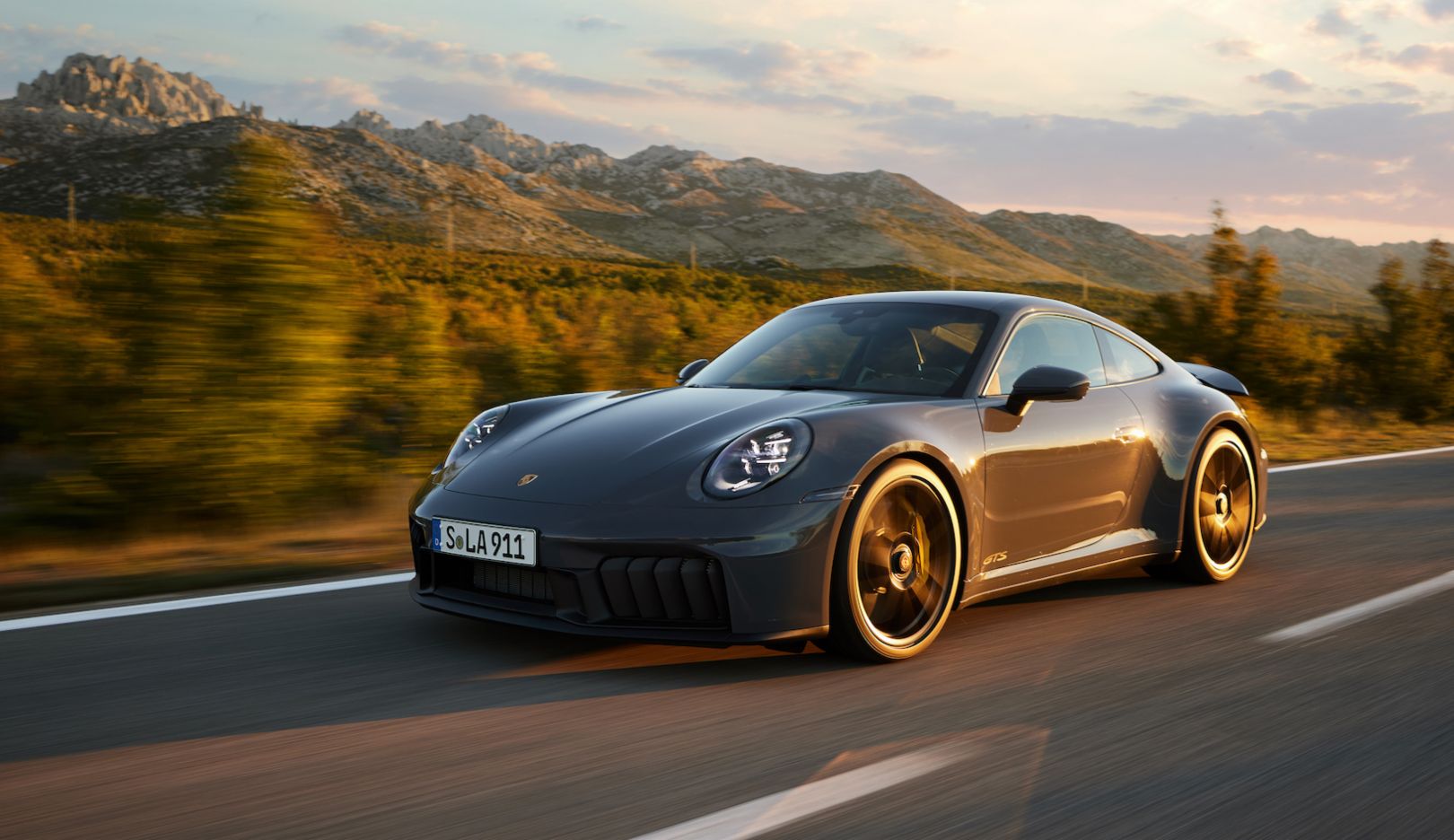
Porsche
When most people think of high-end sports cars, they assume massive depreciation is part of the deal. But Porsche is a notable exception. Especially with iconic models like the 911, Porsche vehicles defy the luxury car depreciation curve and instead become coveted collectibles—or at least highly valued used performance machines.
Unlike competitors in the luxury sports car segment, Porsche vehicles tend to hold their value remarkably well over time, especially when properly maintained and equipped with desirable options. Certain limited-edition or manual-transmission 911s have appreciated, making Porsche not just a car, but a potential investment.
At the heart of Porsche’s value retention is the brand’s obsession with engineering excellence. Every component, from the suspension to the powertrain, is crafted with precision, resulting in a driving experience that is both exhilarating and refined. This level of quality gives Porsche vehicles a timeless appeal that doesn’t fade with age. Even older models deliver a satisfying blend of performance, luxury, and reliability.
When a brand has a reputation for building machines that are just as fun to drive at 100,000 miles as they were at 10,000, resale value naturally follows. Porsche’s commitment to quality ensures their cars remain desirable long after the initial showroom luster fades.
Porsche also benefits from a limited production strategy that fuels exclusivity. Unlike mass-market luxury brands, Porsche tightly controls its output, particularly with its more performance-oriented models. This controlled supply, coupled with high demand, helps ensure that used Porsches don’t flood the market, keeping prices stable or even pushing them upward in some cases.
This is especially true for air-cooled 911s and modern manual GT models, which are not just cars but collector items. Even more “mainstream” models like the Macan and Cayenne SUVs retain higher-than-expected resale values thanks to brand prestige and engineering credibility.
Beyond performance and scarcity, Porsche vehicles are surprisingly reliable for high-performance machines. The company has made huge strides in improving the day-to-day usability of its lineup, offering not just track-day thrills but also dependable, luxurious daily driving experiences.
The interior materials are built to last, tech systems are intuitive, and build quality is top-notch. This dual identity—as both a high-octane thrill ride and a durable long-term companion—makes Porsche uniquely positioned in the resale market. Buyers of used Porsches aren’t just purchasing performance—they’re buying into a lifestyle of distinction and enduring quality.
Finally, Porsche’s brand image plays an outsized role in value retention. Owning a Porsche signals success, taste, and driving enthusiasm, and that aspirational value carries significant weight. Few brands maintain this level of allure across generations, but Porsche pulls it off consistently.
Whether it’s a vintage 911, a slightly used Cayman, or a Certified Pre-Owned Panamera, the badge on the hood retains an aura of exclusivity. As a result, Porsche is not only one of the most rewarding car brands to drive—it’s also one of the most rewarding to sell. And in the world of cars, that’s the gold standard.
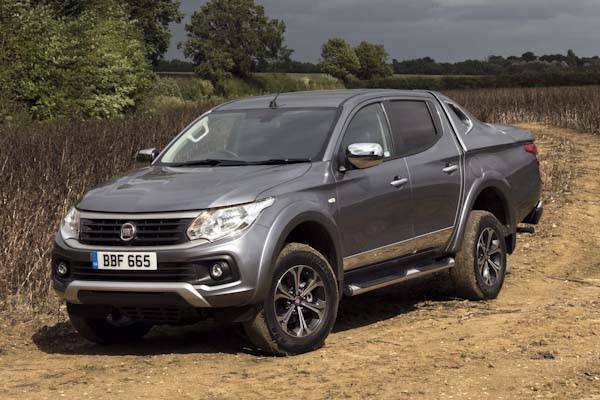
Fiat
Fiat re-entered the American market with high hopes in the early 2010s, bringing its iconic Italian charm, compact design, and quirky styling to a new generation of buyers. The Fiat 500, in particular, was positioned as a hip, affordable city car that stood out from the crowd. However, despite its unique appeal, the car flopped when it came to long-term value.
Today, even relatively new Fiats can be found on the used market for a fraction of their original price, often deeply discounted within just a year or two of ownership. One key reason? Perception. Buyers never fully embraced Fiat as a serious automotive player in North America, and that skepticism translated into poor resale demand.
One of Fiat’s biggest problems is its reputation for reliability—or lack thereof. Consumer reports and owner reviews often mention a variety of recurring issues, from mechanical failures to electrical gremlins and subpar build quality. While some models offer fun driving dynamics and charming aesthetics, they fall short on what most used car buyers value the most: peace of mind.
This negative perception makes even low-mileage used Fiats a tough sell. When cars are seen as unpredictable or costly to maintain, resale value plummets. Fiat has struggled to convince buyers that its vehicles can stand the test of time, and that skepticism continues to drag its used prices down.
Another contributing factor is a lack of versatility. Fiat’s U.S. lineup has been relatively narrow, with most offerings being small, city-focused vehicles that appeal to a niche market. While European cities are well-suited for tiny cars, North American roads, buyers, and parking spaces are not.
As fuel prices fluctuate and consumer preferences lean toward crossovers and SUVs, Fiat’s small cars lost their appeal. Even when gas prices are high, buyers often prefer hybrids or more spacious subcompacts from brands with better track records. This mismatch between product offering and market preference reduces long-term demand, worsening depreciation.
Then there’s the issue of dealer network and parts availability. Fiat, under the FCA (now Stellantis) umbrella, has struggled with providing consistent after-sales service in the U.S. Some regions have very few service centers, and parts are often imported, resulting in longer repair times and higher costs.
This creates further hesitation in the used market. When prospective buyers hear that routine maintenance could turn into a frustrating ordeal, the appeal of saving a few thousand dollars on a Fiat quickly disappears. A cheap used car isn’t a bargain if it becomes a maintenance nightmare.
Lastly, Fiat’s inability to establish strong brand loyalty in North America seals its fate in the resale arena. While niche brands like MINI have maintained some level of community and resale resilience, Fiat’s fanbase never reached a sustainable size.
The lack of emotional connection or product confidence means owners are eager to sell once problems arise—or trade in for something more reliable. Dealers know this, and the trade-in offers reflect it. As a result, Fiat cars suffer from some of the steepest depreciation curves in the industry, making them a cautionary tale of style over substance.

Mitsubishi
Mitsubishi once had a respectable reputation in the U.S. market, with vehicles like the Eclipse and Galant earning decent sales and recognition in the late ’90s and early 2000s. But over the years, the brand’s identity faded into obscurity, and its vehicle lineup became dated, underwhelming, and largely uncompetitive.
Today, Mitsubishi cars like the Mirage and Outlander Sport are frequently listed among the worst for resale value. Despite their low starting prices, these vehicles lose value rapidly—sometimes by as much as 50% in just a few years—because they’re simply not viewed as quality long-term investments.
A major problem for Mitsubishi is poor product execution. While the brand markets its cars as affordable and reliable, real-world experience tells a different story. The Mirage, for instance, is one of the cheapest new cars you can buy—but it’s also one of the most heavily criticized, with complaints ranging from uncomfortable rides and underpowered engines to substandard interior materials.
These flaws don’t age well, meaning that even when they’re practically new, used Mitsubishis are already being passed over by more capable competitors in the same price range. Poor performance out of the gate leads to an even poorer showing on the used lot.
Another issue is the outdated nature of Mitsubishi’s technology and design. While other automakers have moved forward with hybrid tech, driver assistance systems, and interior innovation, Mitsubishi has lagged behind. Even their newer models feel years behind the competition.
When a three-year-old car already feels obsolete compared to rivals, its resale value plummets. Used car buyers aren’t looking for “cheap”—they’re looking for “value,” and Mitsubishi simply doesn’t provide enough features or quality to justify a strong resale price.
Brand confidence also plays a large role in value depreciation, and Mitsubishi suffers from an identity crisis. It’s neither a premium option nor a clearly budget one. The company lacks a consistent image, which confuses consumers and leads to low brand loyalty.
Dealership presence is also thin in many parts of the country, limiting buyer access to service and support. Used car buyers typically look for reliability not only in the car itself but also in the ownership experience, and Mitsubishi simply doesn’t inspire that trust. This perception keeps used demand low and the depreciation high.
Lastly, resale suffers because there’s little excitement or emotional connection to most of Mitsubishi’s current lineup. While the brand still has a solid global presence, its U.S. market strategy has leaned toward producing inexpensive, forgettable vehicles.
Without standout performance, luxury, or innovation, there’s no hook to maintain interest once the car is no longer new. When buyers don’t see a Mitsubishi as a car they can “grow into,” it’s viewed as a temporary stopgap, which all but guarantees it won’t hold its value. In today’s competitive automotive market, being average just isn’t enough.
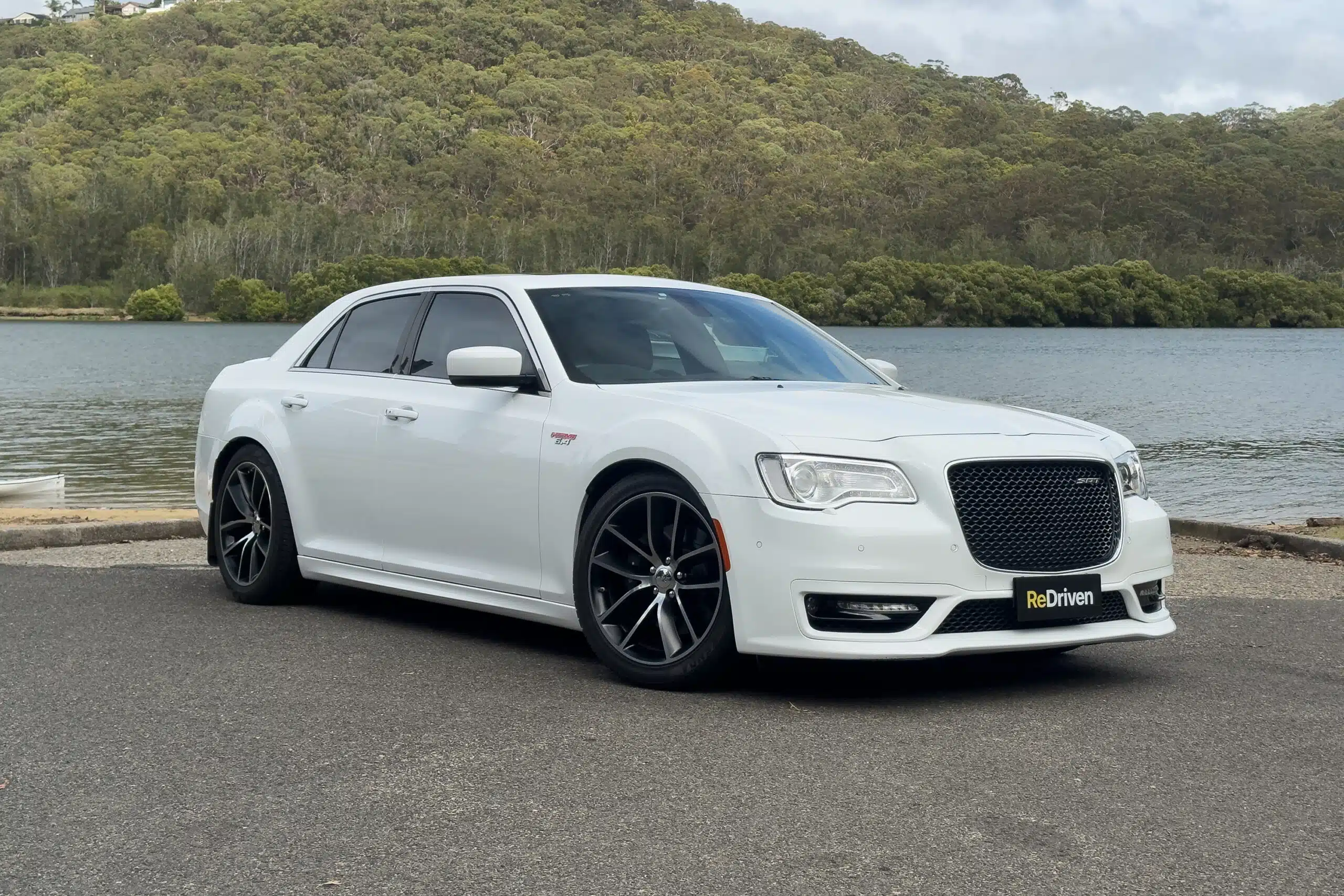
Chrysler
Chrysler has long had a mixed reputation in the U.S. automotive world. Once a cornerstone of American luxury and innovation, the brand has declined over the years, reduced to a skeletal lineup of only a few models like the Pacifica and the aging Chrysler 300.
This lack of diversity in offerings makes the brand feel stale and stagnant, and as a result, Chrysler vehicles are among the worst in the industry when it comes to holding value. In fact, many used Chryslers are sold at significant markdowns because buyers see them as outdated, unreliable, or simply undesirable.
Reliability concerns play a huge role in Chrysler’s depreciation problem. Over the years, the brand has suffered from a wave of consumer complaints regarding build quality, electrical systems, and mechanical durability.
While the Pacifica has made strides as a family minivan with decent features, its long-term dependability still falls short compared to rivals like the Toyota Sienna or Honda Odyssey. These issues make buyers hesitant in the used market, and when trust is lacking, value suffers accordingly. Even low-mileage vehicles struggle to command strong resale prices due to the brand’s overall reputation.
Chrysler has also failed to innovate meaningfully in recent years. While competitors have expanded their lineups, embraced electrification, or introduced bold new designs, Chrysler has largely stood still. The 300, once an iconic full-size sedan, now feels like a relic from the early 2000s.
The Pacifica’s plug-in hybrid option is a notable effort, but it’s not enough to carry the entire brand. Used car buyers want to feel like they’re getting something “current,” and Chrysler’s dated lineup makes even newer models feel like leftovers from a past era.
Another factor is fleet saturation. Chrysler vehicles, particularly minivans and sedans, have been heavily used in rental fleets and corporate sales over the years. This oversupply floods the used market with ex-fleet vehicles that have been driven hard and maintained only to the minimum standards.
When shoppers see rows of used Chryslers at budget dealerships or auction lots, it reinforces the idea that the vehicles are disposable and unremarkable. This surplus of low-cost, high-mileage Chryslers undercuts the value of even well-maintained private-sale models.
Lastly, Chrysler suffers from poor brand perception. It lacks a distinct identity or loyal customer base. Unlike its corporate sibling Jeep—which has a clear off-road appeal—Chrysler feels like a brand adrift.
Consumers can’t clearly articulate what it stands for: luxury? Performance? Family transportation? This vagueness hurts its emotional appeal and its resale value alike. In today’s brand-driven market, a car with no strong image is a car few buyers are willing to pay a premium for—even if it’s a good deal on paper.
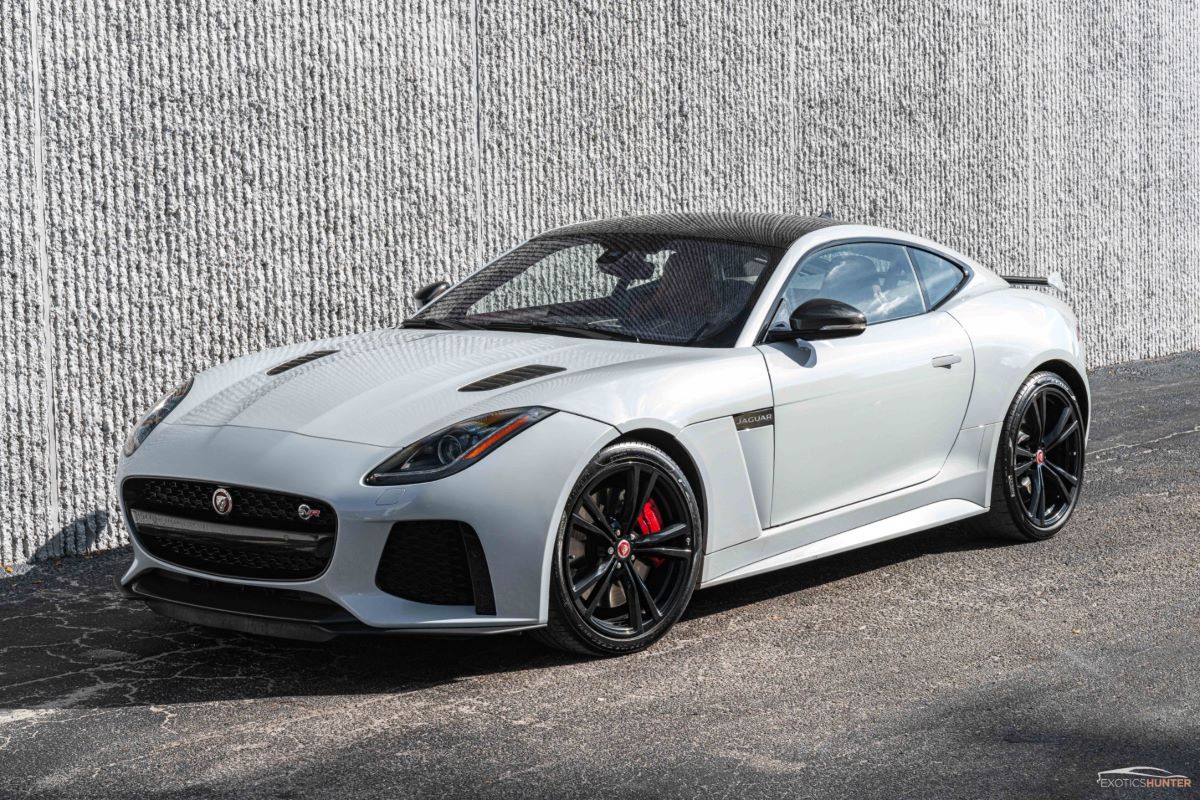
Jaguar
Jaguar is a brand with undeniable heritage. With roots tracing back to some of the most iconic luxury and performance vehicles in history, it has an aura of sophistication and British prestige. Unfortunately, that prestige doesn’t extend to the resale market.
Jaguar cars, despite their luxurious interiors and sleek designs, depreciate at an alarming rate—often losing over 40% of their value within just a few years. While many associate Jaguar with elegance, the resale world views it as a risky investment plagued by reliability concerns, high maintenance costs, and an uncertain future.
One of Jaguar’s most significant value-killers is its reputation for reliability—or, more precisely, the lack thereof. Numerous consumer reports and ownership studies have consistently flagged Jaguar as one of the more problematic luxury brands when it comes to long-term dependability.
From finicky infotainment systems to costly drivetrain repairs, used Jaguars are often associated with hefty service bills and unexpected breakdowns. This makes them unattractive to secondhand buyers, even when prices seem tempting. A discounted used Jaguar may seem like a bargain on the surface, but many prospective owners worry that the savings will be short-lived once repair bills start piling up.
Jaguar’s resale woes are further compounded by the brand’s limited dealership network in many regions, particularly in North America. Fewer service centers mean more difficulty for owners when it comes to maintenance or sourcing parts. That problem is amplified when the vehicle ages and requires specialized diagnostics or OEM components.
This combination of logistical inconvenience and financial unpredictability drives used car buyers to seek safer alternatives, leaving many Jaguars languishing on used car lots for longer—and eventually selling at a loss.
The performance-oriented models, like the F-Type or even the sporty XF sedan, suffer despite offering thrilling driving experiences. The resale market tends to punish high-end performance cars that aren’t supported by bulletproof reliability or mass appeal.
Unlike Porsche, which has built a reputation on daily-drivable sports cars, Jaguar’s offerings are seen as more niche and less trustworthy. Once these vehicles leave warranty coverage, their values nosedive. And while new buyers are drawn to the brand’s sex appeal, used buyers know better: flashy doesn’t equal durable.
Lastly, Jaguar is in the midst of a brand identity shift, attempting to pivot toward full electrification and modern luxury. While this vision may help rejuvenate the brand in the long term, it creates uncertainty in the used market right now.
Consumers are wary of buying into a company that’s in flux, especially when past models already carry a history of depreciation. Without a strong foundation of trust, even Jaguar’s newer vehicles struggle to maintain momentum once they leave the showroom floor. Prestige might get a car on a wish list—but without long-term value, it won’t stay there for long.
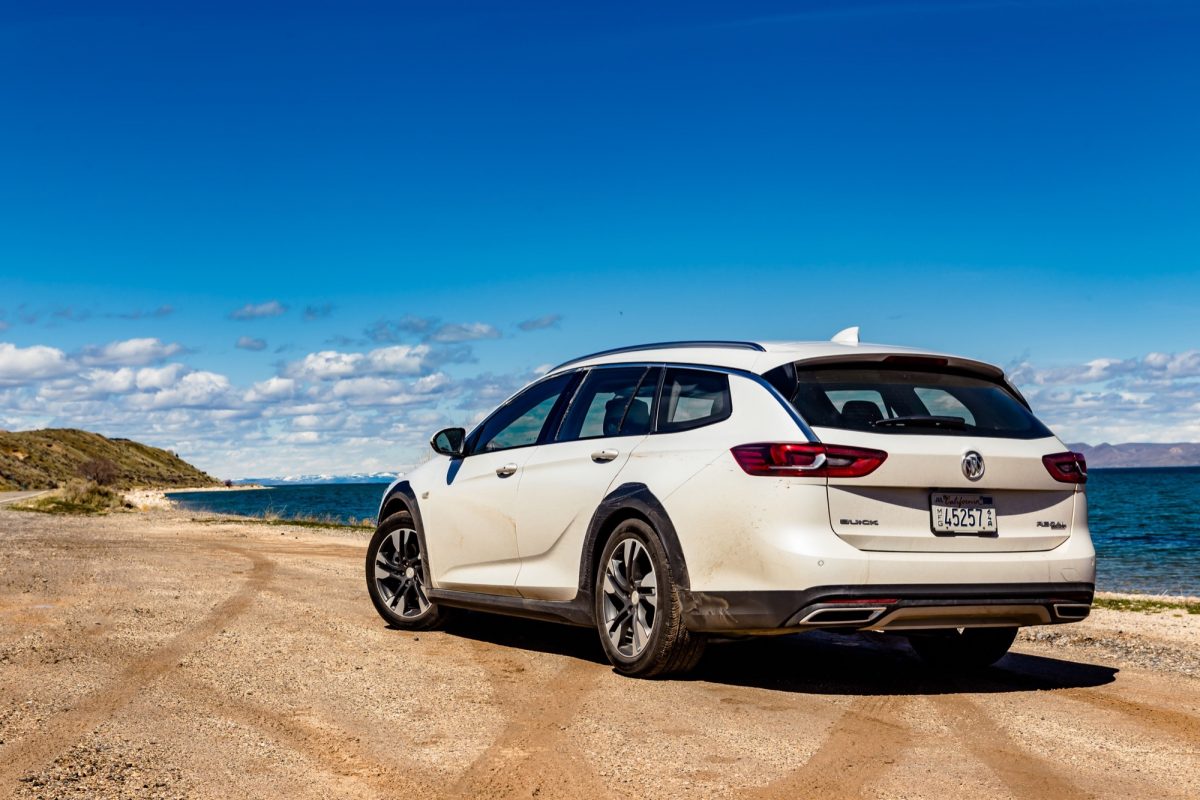
Buick
Buick has long occupied a strange space in the American automotive landscape—floating somewhere between mainstream and luxury, but without a firm foothold in either. In recent years, the brand has tried to reinvent itself, introducing sleeker crossovers like the Encore and Enclave, hoping to attract younger buyers.
However, despite updated styling and tech features, Buicks continue to depreciate faster than most vehicles in their segments. One major reason for this is the brand’s persistent identity crisis. Consumers aren’t quite sure what Buick stands for anymore, and that ambiguity wreaks havoc on resale values.
Historically associated with an older demographic, Buick has struggled to shed its image as a “grandpa car.” Despite significant improvements in styling, performance, and safety, many younger buyers still perceive the brand as outdated or irrelevant.
And while older buyers may still be loyal, they tend to hold onto their vehicles longer, creating fewer transactions in the used market. This dynamic suppresses demand. When a brand lacks generational appeal, it can’t sustain consistent interest over time—especially in a market dominated by emotionally driven buying decisions. Without a strong pull for resale buyers, values drop fast.
Another issue for Buick is that many of its models are based on global GM platforms that don’t stand out against cheaper Chevrolet equivalents. The Encore, for instance, shares much of its DNA with the Chevrolet Trax but sells at a higher price point.
When it comes time to resell, buyers often gravitate toward the cheaper equivalent or go a step up to a true luxury brand. Buick gets caught in the middle—too expensive to be a budget choice, and not premium enough to compete with BMW, Lexus, or Audi. This “no man’s land” pricing strategy dilutes long-term value and resale appeal.
Mechanical reliability isn’t necessarily the issue for Buick—many of their vehicles are reasonably dependable. The problem lies in perceived value. A car that doesn’t excite on the showroom floor is even less likely to create interest years later when it’s used. Buick lacks the cachet and brand loyalty needed to keep resale values afloat.
For many used buyers, Buick models feel like filler—cars people drive because they got a good deal, not because they were especially desired. And in the used car world, desirability equals dollars.
Lastly, Buick suffers from international disconnection. While the brand is wildly successful in China (its largest market), that success hasn’t translated into strength in the North American used market. The lack of coherent branding and inconsistent global lineup means that even newer Buick models lack strong support systems and parts availability in some regions.
As a result, potential buyers perceive them as niche vehicles with uncertain support structures. When combined with bland driving dynamics and tepid consumer interest, the resale values fall as quickly as attention spans. Despite efforts to modernize, Buick still can’t shake its resale kryptonite status.
Also Read: 5 Trucks With the Best Storage Under Seats and 5 Wasting Space
In the world of cars, few things impact your wallet more quietly yet significantly than depreciation. It’s easy to be swayed by flashy commercials, limited-time offers, or even a car’s immediate driving feel—but value retention over time is what separates smart buyers from impulsive ones.
Through this deep dive into five car brands that hold value like gold and five that shed value like wet paper, we’ve seen how powerful a brand’s reputation, reliability, and consumer trust can be when it comes to your long-term financial outcome.
The standout performers—Toyota, Honda, Subaru, Lexus, and Porsche—have one thing in common: they’ve built and maintained consumer trust over the years. Whether it’s Toyota’s bulletproof engineering, Honda’s balance of fun and functionality, Subaru’s loyal community, Lexus’s luxury-meets-reliability identity, or Porsche’s high-performance pedigree that doesn’t sacrifice longevity, these brands have found the sweet spot in the market.
They’re not just selling cars—they’re selling confidence. And confidence, it turns out, is one of the most valuable currencies in the automotive world. Buyers know that these vehicles hold up not only physically but also financially. This is what makes their resale values so consistently strong: they’re wanted, trusted, and easy to sell.
On the other hand, the worst offenders in terms of value retention—Fiat, Mitsubishi, Chrysler, Jaguar, and Buick—are proof that low initial cost or niche branding isn’t enough to save a vehicle from the harsh realities of depreciation. These brands struggle to maintain strong resale value because of wavering public perception, reliability issues, lack of dealer support, and a general failure to inspire buyer loyalty.
Even if these brands offer certain bright spots—like a stylish design, a low price tag, or a unique offering—they tend to fall short where it counts: long-term confidence and demand. As a result, their cars are often passed over in the used market or sold for a fraction of their original cost.
That’s not to say every single model from a low-resale brand is a bad purchase. If you’re someone who plans to drive a vehicle into the ground and isn’t concerned about trade-in value, depreciation may be less of a concern. Similarly, if you find a well-maintained used Chrysler or Mitsubishi at a rock-bottom price, the value equation can swing in your favor.
But for the average buyer—especially those who finance their cars or rely on equity to fund future purchases—understanding depreciation is vital. It can make the difference between an ownership experience that feels like a wise investment and one that feels like a financial sinkhole.
In an era where car prices have skyrocketed and consumers are holding onto their vehicles longer, the brands that maintain value are more important than ever. This isn’t just about bragging rights or spreadsheet math—it’s about financial flexibility. A vehicle that retains its value gives you options: you can trade up, refinance with equity, or sell when needed without taking a massive loss. It’s a quiet advantage, but one that pays big dividends when it matters most.
Ultimately, the automotive landscape is always evolving, and brand trajectories can change. But history has shown us that the best predictors of future resale value are reliability, trust, and real-world utility. The brands that lead in those areas have proven, time and again, that they’re worth the extra dollars upfront.
In contrast, the brands that continue to disappoint buyers long after the new-car smell fades will find their vehicles rapidly losing value—and their place in the hearts of consumers. Choose wisely, and your car will thank you with more than just good miles—it’ll thank you at resale, too.

